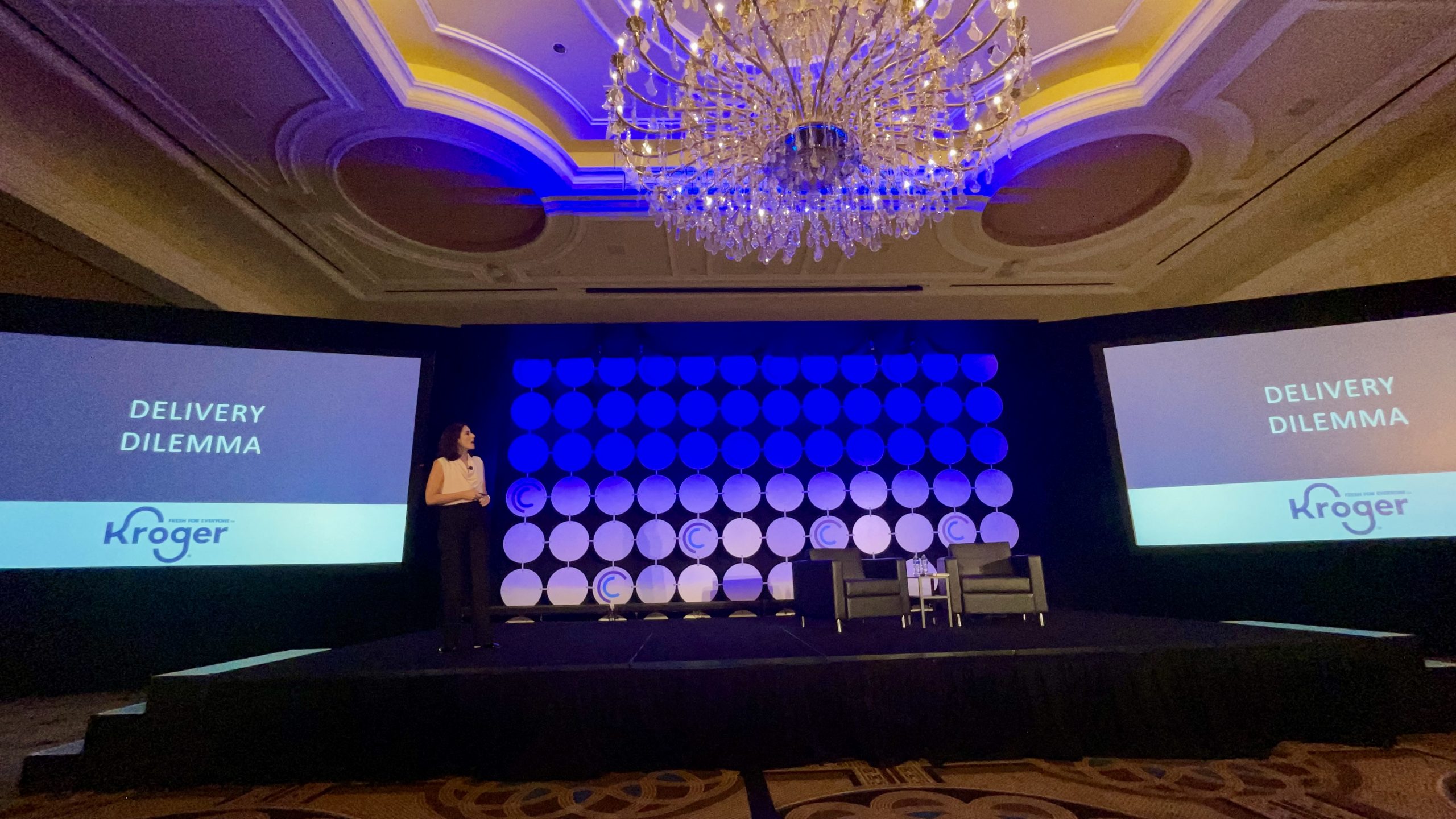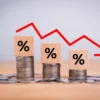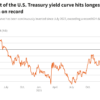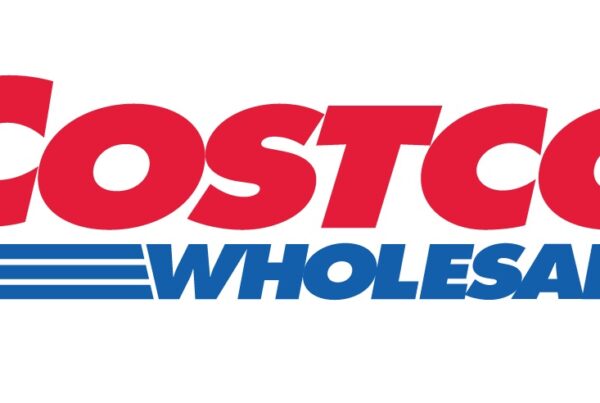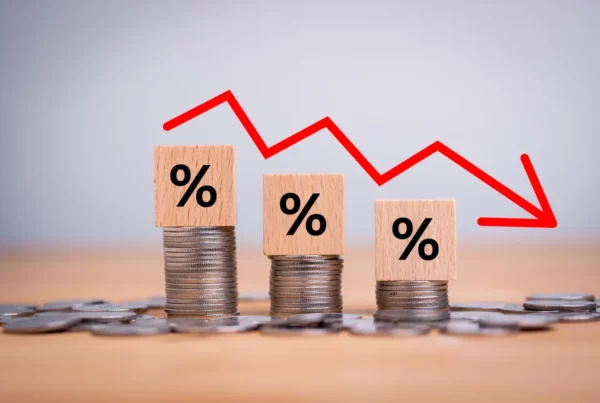[Note: We took the summer off from the newsletter, no I didn’t unsubscribe you, thank you to those that noticed and asked for more!]
Consumer spending drives the American Economy—our purchases make up 2/3 of GDP—and how we spend tends to be a direct result of how we feel. How are consumers feeling today and what’s next? That was the topic at hand last week when we presented at the ICSC Open Air Summit in Salt Lake City.
If you read our last post on the recovery of goods and services spending post-Covid, then you know that we’re not yet recovered in services and have unsustainable goods spending levels. Catch up quick with what’s happened the last 90 days.
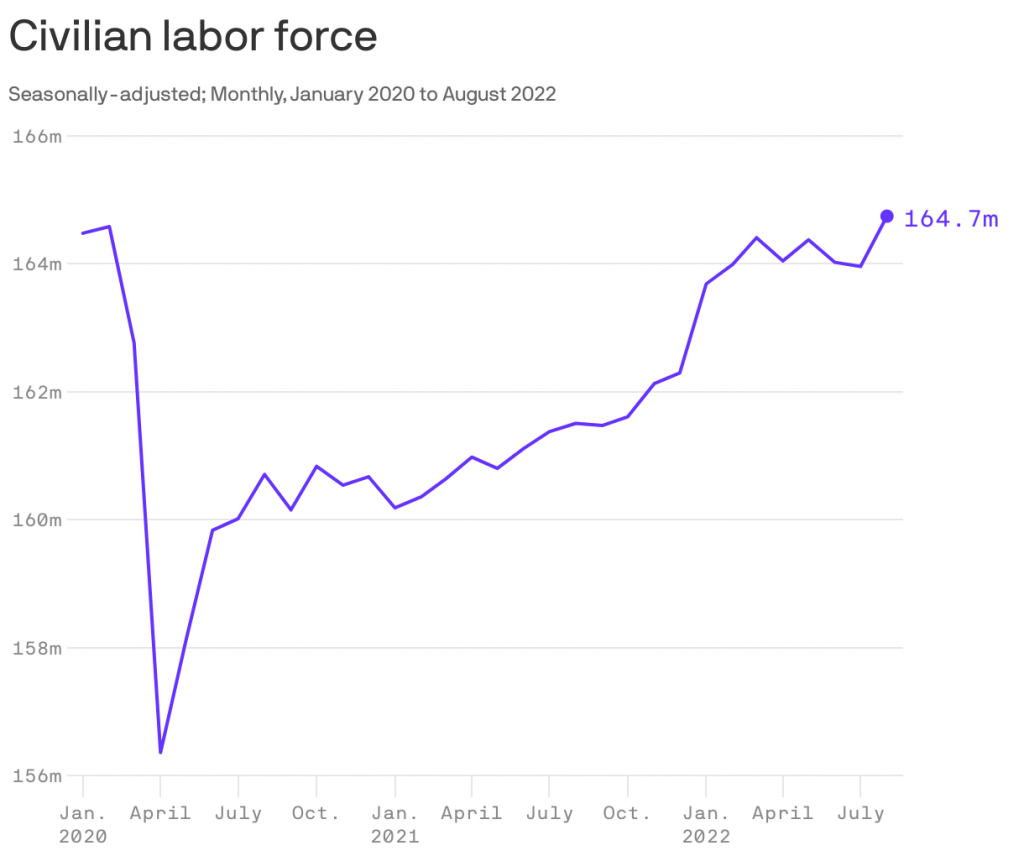
Today we’re facing a lack of labor which has extended the slow recovery for services.
- There are two jobs available for every job seeker, the highest ratio since tracking began.
- Our labor force is hindered by: 1M excess deaths from March 2020 to March 2022, lack of permanent immigration and nonimmigrant work visas (10M in 2016, 4M in 2021), and slow recovery of childcare hiring.
- Kroger and Walgreens are leveraging technology with robotic distribution which helps mitigate lacking labor.
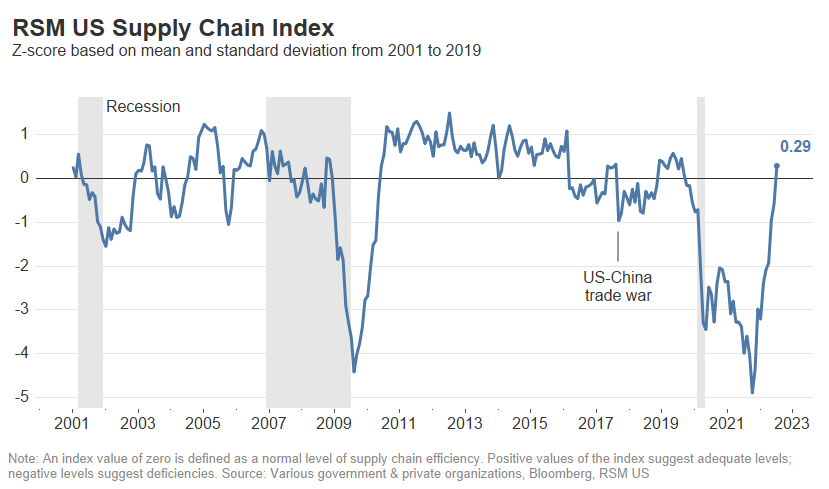
Goods spending remains unsustainable.
- We went from having not enough (2020) to frantically making more (2021) and now we have too much (2022).
- Supply chain disruption led to increased regionalization, inventory, and dual sourcing—and disruption has eased significantly, but it’s too soon to tell if that will sustain.
- Target is utilizing sortation centers to reduce the cost of online orders by 40%. 20% of Target sales are ecommerce and 95% are fulfilled by the store.
What comes next? Manufacturing has slowed, we have a looming recession, and unemployment will stay painfully low. Inflation has increased which led the Fed to raise rates and that has, so far, had the desired effect of reducing consumer spending. While year-over-year retail spending looks high, adjusting for inflation we’re only up 0.5% YTD.
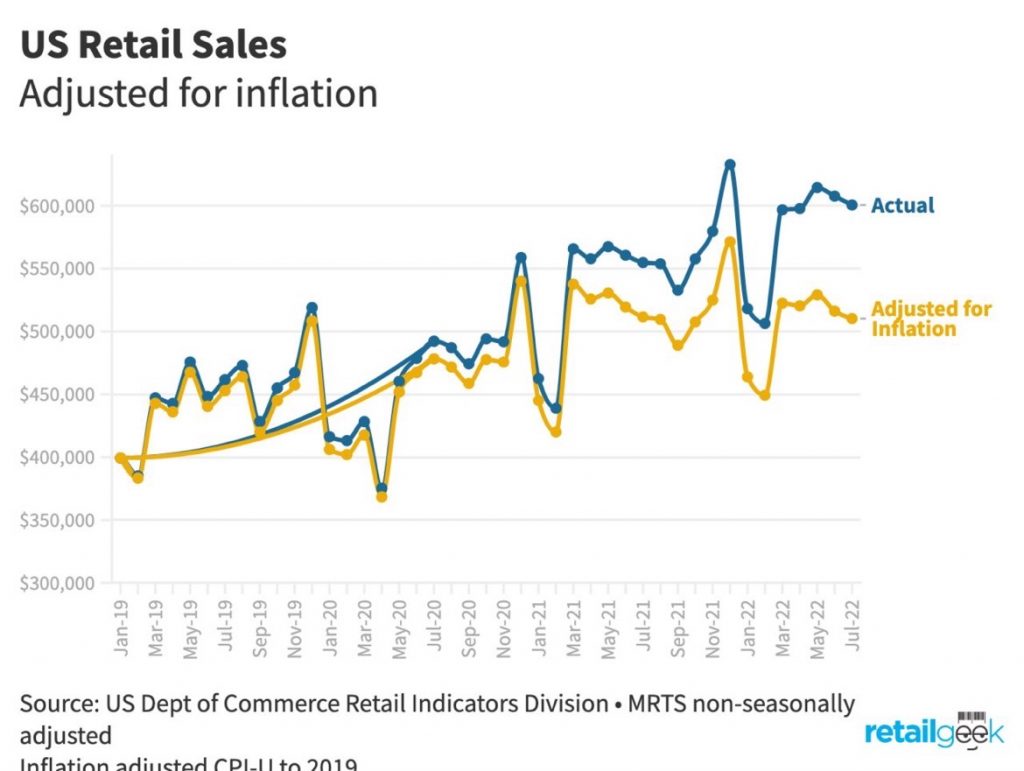
The American Consumer is a big macro concept, but we spend at the micro level as individuals. If how we spend is a reflection of how we feel, how are we feeling?
- Consumer sentiment had been falling steadily since March, 2022, but over the summer we started to feel better; especially those with incomes over $100k.
- Gas prices started falling in June after increasing since February, which likely contributed to positive consumer sentiment.
- 5-year home price appreciation is extremely high, and that benefits the 65% of Americans that own a home.
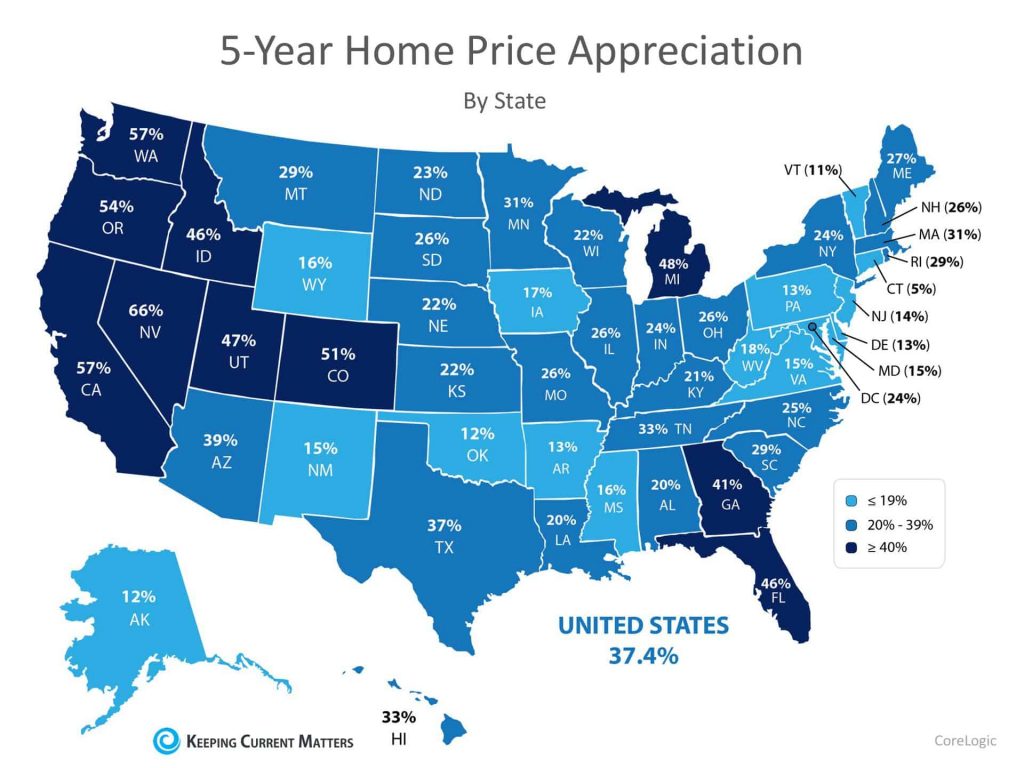
When we look into the crystal ball of what’s to come, we closely watch several leading indicators. What are they and what do they tell us? For that you’ll have to wait for next month.
